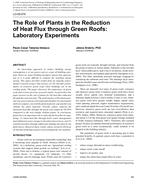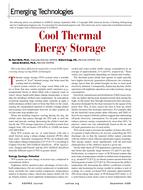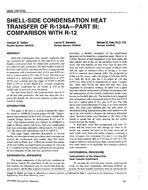This paper describes the development and evaluation of a simple algorithm for limiting peak electrical demand in buildings using building thermal mass. The control algorithm is intended to reduce electrical demand in response to utility critical peak pricing (CPP) signals or similar incentives and involves adjustment of zone temperature setpoints within comfort bounds. The demand-limiting potential and impact on utility costs for CPP rates were evaluated through simulation for representative small commercial buildings throughout California. In general, it is possible to achieve between 1 and 2 W/ft2 (10.76 and 21.53 W/m2) of demand reduction for a fourhour demand-limiting period while keeping zone temperatures between 70°F and 78°F (21.1°C and 25.6°C). This represents a 30%-100% reduction in peak electrical requirements for air conditioning depending on the climate. For typical CPP utility rates, the impact of the demand-limiting strategy on operating costs is relatively small, with less than about $50 in annual savings per 1000 ft2 (92.9 m2). Greater incentives may be necessary to encourage customers to respond to critical capacity shortages. Furthermore, CPP super-peak energy rates do not encourage customers to minimize their demand during CPP periods but, rather, encourage them to reduce their integrated energy usage over this period. A better incentive would involve imposing a high peak demand charge for CPP periods.
Units: Dual
Citation: Symposium, ASHRAE Transactions, vol. 112, pt. 1
Product Details
- Published:
- 2006
- Number of Pages:
- 12
- File Size:
- 1 file , 5.5 MB
- Product Code(s):
- D-27929


